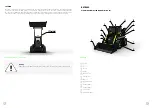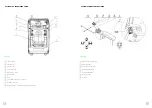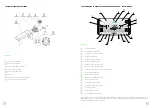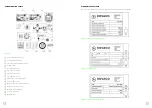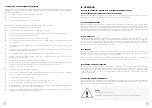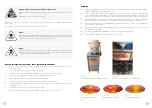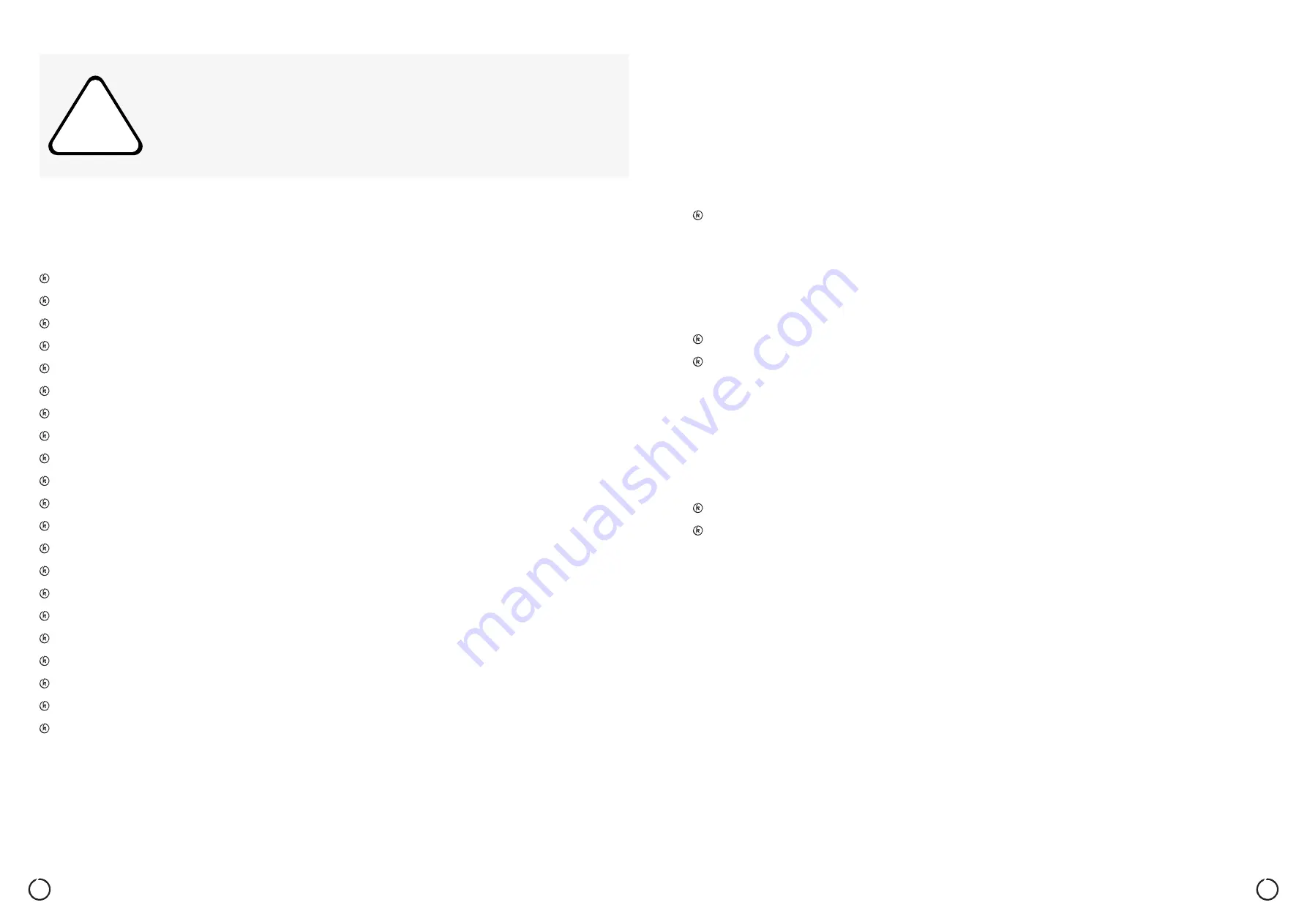
69
68
!
Warning
When working with an attachment fitted, follow the operating instructions supplied with each
attachment!
14. LIST OF OPTIONAL ATTACHMENTS
The ELISE 900 loader can operate with the following tools and attachments:
Basic shovel
Bulk bucket
Grate bucket
Swing blade
V-shaped snow-plough blade
Rotary snow plough
Winter sander
Pallet forks
Forks with holder
Log forks
Bale carrier
Mobile undercut
Sweeping device
Angle broom
Drilling device
Combined bucket 4 in 1
Mixing bucket
Bucket with holder
Wood splitter
Tree pruner
Mower/brushcutter
A complete list of attachments is available on the manufacturer’s website.
15. CLASSIFICATION OF ROCKS
Rocks are classified into 7 classes according to the difficulty of separating and removing them. These classes are called
minability classes (this is an excerpt from the standard, the exact wording is given in ČSN 733050).
15.1.1 CLASS
a) Cohesive with soft consistency (topsoil, loam, loamy sand, etc.);
b) Non-cohesive, loose with grain size up to 20 mm;
With grain size over 20 mm in up to 10% of volume of the rock to be separated (sand, medium gravel, gravel with
stone).
15.2.2 CLASS
a) Cohesive with hard consistency (topsoil, loam, loamy sand, peat);
b) Non-cohesive, moderately compacted with grain size up to 20 mm;
With grain size from 20 to 50 mm in more than 10% of volume of the rock to be separated;
With grain size above 50 mm in up to 10% of volume of the rock to be separated (sand gravel, coarse gravel,
or gravel with stone);
c) Construction waste and landfill materials similar in nature to Class 2 rocks.
15.3.3 CLASS
a)
Cohesive with soft to firm consistency;
b)
Non-cohesive, compacted with grain size up to 50 mm;
With grain size from 50 to 100 mm in more than 10% of volume of the rock to be separated;
With grain size over 100 mm in up to 10% of volume of the rock to be separated (coarse gravel, or gravel with stone).
c)
Non-cohesive, classified in Classes 2 and 3, held together by a cohesive material, as far as their grains remain in lumps
after separation;
d)
Weathered with very weakened structural bonds, qualifying as clay-sand soils (hydrothermally decomposed
rocks, eluvial deposits);
e)
Construction waste and landfill materials similar in nature to Class 3 rocks.
15.4.4 CLASS
a) Cohesive with firm and hard consistency (clay, sandy clay, sandy loam, dust loam);
b) Non-cohesive with grain size from 100 to 250 mm in more than 10% up to 50% of volume of the rock to be separated, with
grain size above 250 mm in up to 10% of volume of the rock to be separated (coarse gravel, gravel with boulders);
c) Non-cohesive, classified in Classes 2 and 3, held together by a cohesive material, as far as their grains remain in lumps
after separation;
d) Solid, slightly weathered and weathered (weathered claystones, marlstones, tuffs, turiffs, slates, etc.), weathered slates,
sandstones, soft limestones, etc.;
e) Solid, weathered, severely cracked. The rock is disturbed along the cracks and its disintegration spreads into neighbour-
ing areas. The grain size corresponds to non-cohesive Class 4 rocks (highly cracked granites, gneisses and limestones);
f) Slurry and liquid in consistency (muddy alluvium, liquid sand, decomposed peat).

